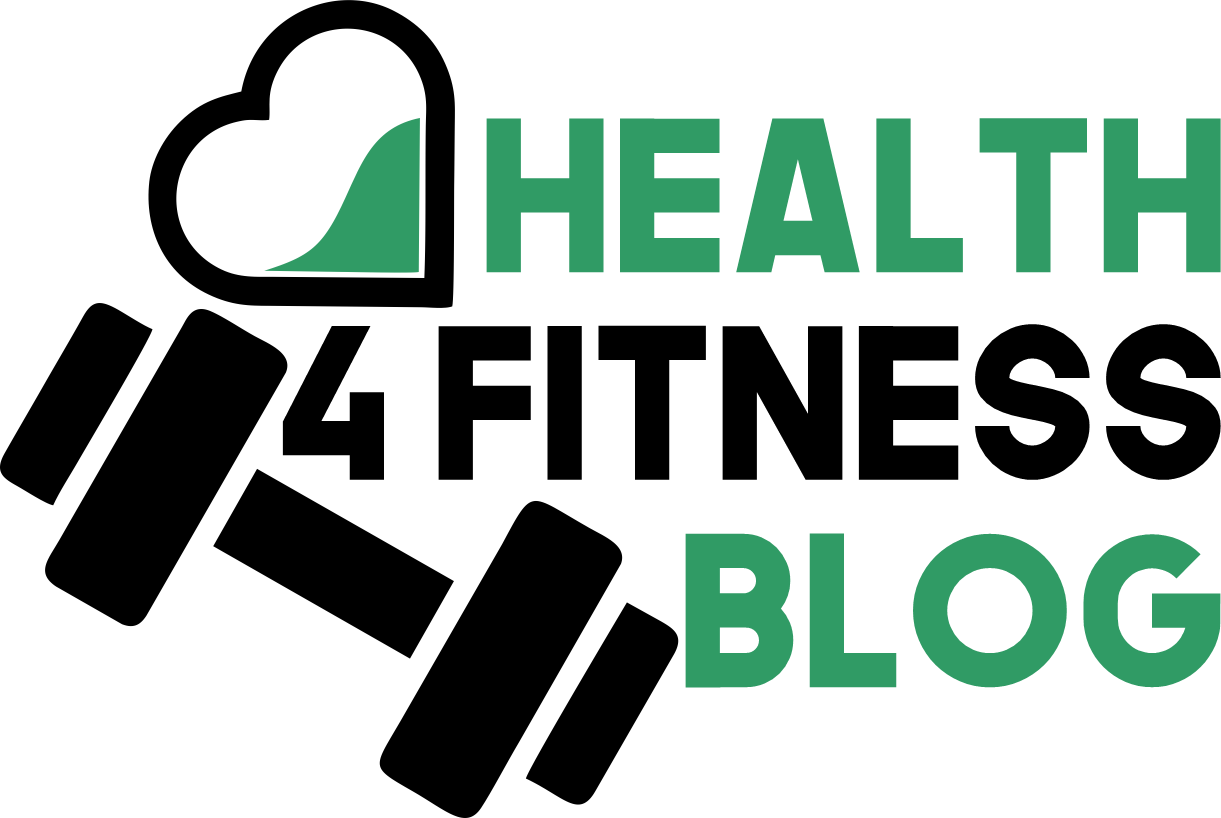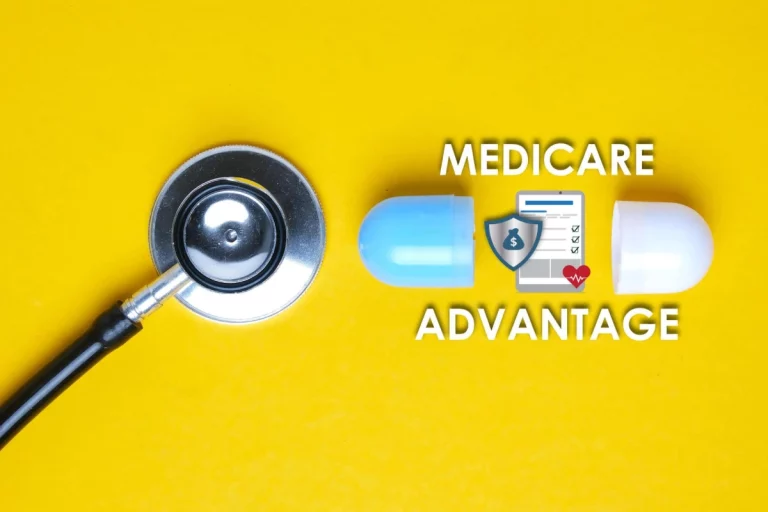Cellulite is the nightmare of many women who worry about how their legs look. Did you know that it is possible to reduce and even eliminate its presence with natural remedies? We tell you what they are below.
The cellulite is an accumulation of fatty tissue under the skin in specific areas of the female body, such as buttocks, thighs, abdomen and arms. It is a tissue that is made up of fat and toxins.
Fortunately for many, there is anti-cellulite spray available to eliminate cellulite as it helps to smoothen the skin and creates a refreshing effect.
There are some natural remedies also that help to eliminate cellulite that you can see below.
Table of Contents
Why Does Cellulite Appear?
First and before describing each of the natural remedies to eliminate cellulite, it is worth doing a brief review of its causes.
Although they are well known by most people, many still wonder what the origin of these annoying brands is.
Cellulite originates from the hypo dermis, the deepest layer of the skin; It is caused by adipocytes, which are fat cells.
If the adipocytes expand too much, the circulation of liquids in layers that are below the surface of the skin becomes difficult.
These liquids, which are mainly made up of water, oxygen and blood, are responsible for eliminating toxins from the body. If this process is interrupted by adipocytes, what happens?.
The much-hated cellulite appears due to the accumulation of tissues in the different skin layers.
Is It Exclusive To Women?
Although it is a circulatory problem – and also an aesthetic one – that mainly attacks women, there is a percentage of men who also suffer or have suffered from this problem. This figure is about 1 in 10.
The main reasons for this difference are female hormones since they promote fluid retention and fat accumulation. In addition, the fat percentage is higher in the female sex.
However, structural factors also influence this issue. Specifically, the way in which fat tissue is stored is different in men, so fat does not accumulate so visibly – it tends to accumulate ‘deeper’ and not on the surface.
Furthermore, These Factors Can Predispose A Woman To Cellulite:
- Genetics and family history.
- Bad nutrition.
- Lack of exercise and sedentary life.
- Circulatory problems.
- Overweight.
Natural Remedies To Eliminate Cellulite
1. Take Care Of The Diet
When it comes to cellulite, diet is essential. This should be rich in fruits and vegetables, whole grains, legumes, defatted dairy, seeds, lean white meats and defatted fish.
You need to drink plenty of water. Thus, the skin kept hydrated, and waste products are eliminated.
On the other hand, it is advisable to avoid saturated fat, processed foods and sugar; Yes, they must include a large amount of essential fatty acids to mobilize fats and eliminate cellulite.
2. Exercise Regularly
The exercise cardio is the best natural remedies to eliminate cellulite. Some examples are walking, using the treadmill or the elliptical.
These activities also help speed up metabolism and prevent cellulite in the future. This, of course, as long as they used at least 20 minutes a day, three times a week.
Here is a Simple Exercise That You Can Do a Few Times a Week.
3. Massages Against Cellulite
Massage is one of the best techniques to break the fatty deposits under the skin. Reduces the appearance of cellulite and improves circulation, so you can release toxins and excess fluids.
The most recommended massages are vigorous hand massages or massages with electronic rollers. These are very advantageous for working the skin deeply and help stimulate circulation.
4. Brush Massage

Every day, at the time of the shower, most important that you rub the areas affected by cellulite with a horsehair glove or a loofah sponge; both elements help stimulate blood circulation. You should apply light pressure in circular movements for about 5 or 10 minutes.
5. Honey Massage

Put on a tinny layer of honey to the affected areas and massage with your hands for about ten minutes.
This massage will help reduce the appearance of cellulite, increase circulation, and eliminate waste products. You must repeat this process every morning and at least a month to notice the results.
6. Coffee Massage
Coffee massage helps to reduce cellulite and lubricate the skin, due to its concentration of caffeine. To take advantage of its properties, grind a few beans and prepare a coffee normally.
Then, when it’s hot but doesn’t burn, rub on the areas where cellulite accumulates. If you notice skin discomfort or if it becomes irritated, add a small amount of olive or almond oil.
By way of conclusion, it is necessary to clarify that, in certain situations, cellulite cannot be totally eliminated. However, with these natural remedies and proper medical consultation — one of the first measures implemented — symptoms greatly reduced.












